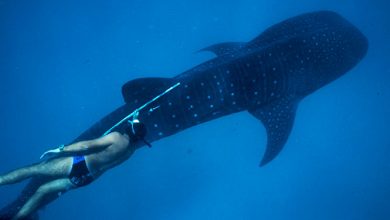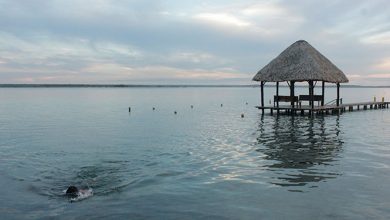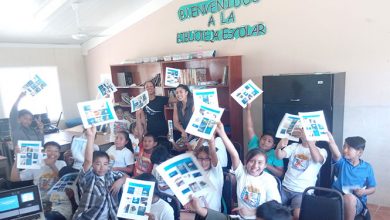The Chicxulub Crater
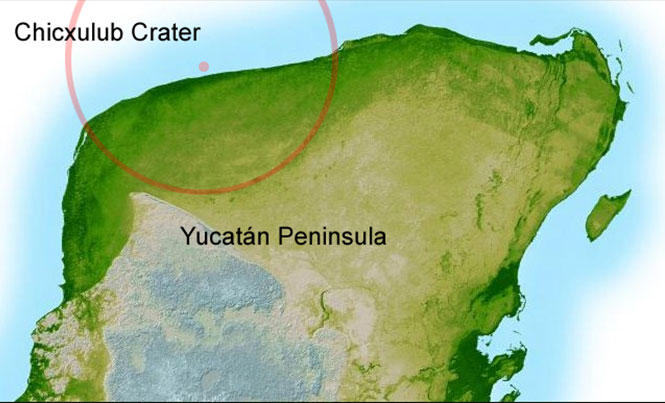
The European Consortium of Ocean Research Drilling is studying the massive crater caused by a meteor strike that is believed to have resulted in the extinction of dinosaurs
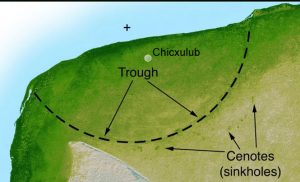 On April 14, a group of 30 scientists and investigators began an unprecedented study. The goal of this group of specialists from ten countries, including the United States, Mexico, who participate in the ECORD (European Consortium for Ocean Research Drilling), is to analyze and take samples of the Chicxulub crater, located in the state of Yucatan. The area is the place where, according to theories, a massive asteroid hit that caused the extinction of the dinosaurs.
On April 14, a group of 30 scientists and investigators began an unprecedented study. The goal of this group of specialists from ten countries, including the United States, Mexico, who participate in the ECORD (European Consortium for Ocean Research Drilling), is to analyze and take samples of the Chicxulub crater, located in the state of Yucatan. The area is the place where, according to theories, a massive asteroid hit that caused the extinction of the dinosaurs.
This project has generated a lot of interest by people following the work of scientists on the Myrtle 245 ship inside an area of the crater. According to information available on the website www.mision364.com, the ship serves as a platform for excavations and is fixed with three supports on the ocean soil, reaching 1,500 meters deep and going into the heart of the crater.
This is the official site to follow the project. It offers constant updates on the work being carried out in this travel-like adventure. They will have to go through almost 600 meters of ocean sediment, which have covered the crater during 66 million years since its formation. Then, they will drill another 900 meters into the crater to extract a material that has never been accessed by humans. With these samples, there are two objectives: to learn the magnitude of the impact of this celestial body, that was around 18 kilometers in diameter and provoked the worst catastrophe that the Earth has suffered in 100 million years, and to calculate how much material it pushed into the air.
Scientists are hoping that some unknown life forms will be found that could have been generated at the crater site after the impact of the meteor, remaining isolated until today. According to calculations, the work to drill the hole will take at least two months, and the international scientific community will certainly be awaiting the results.



